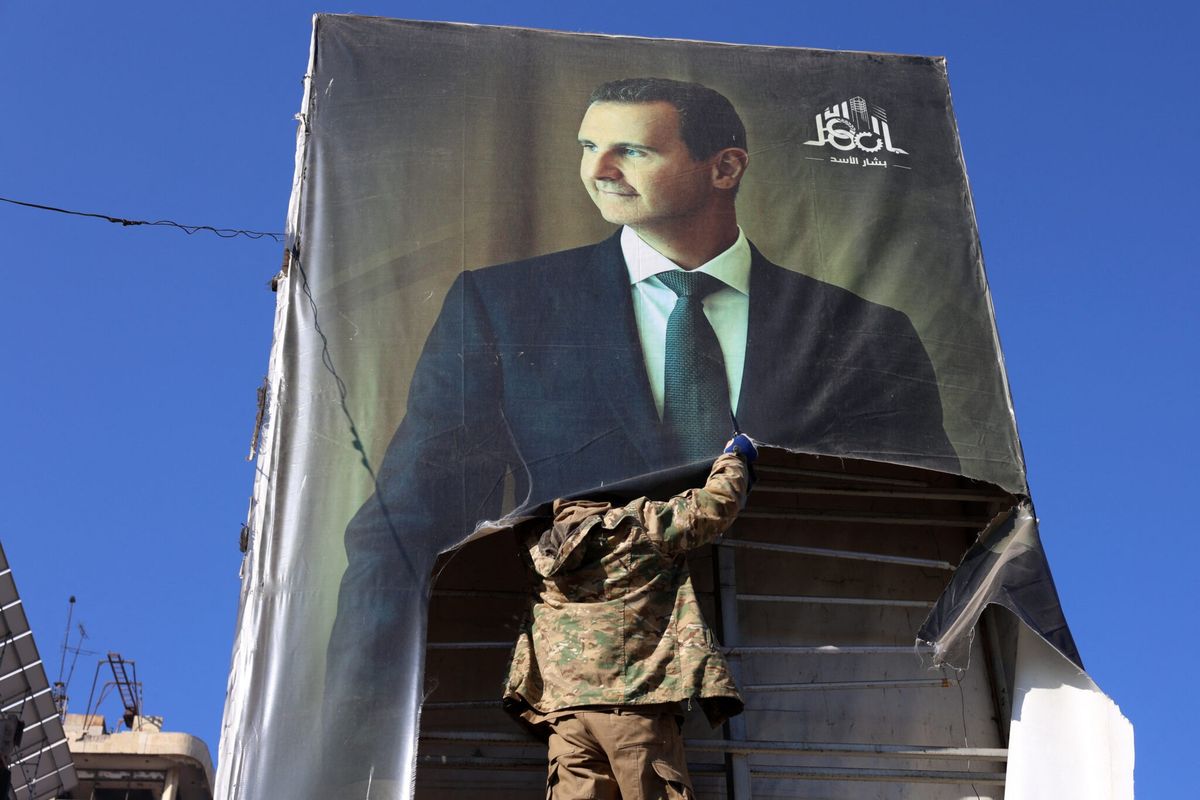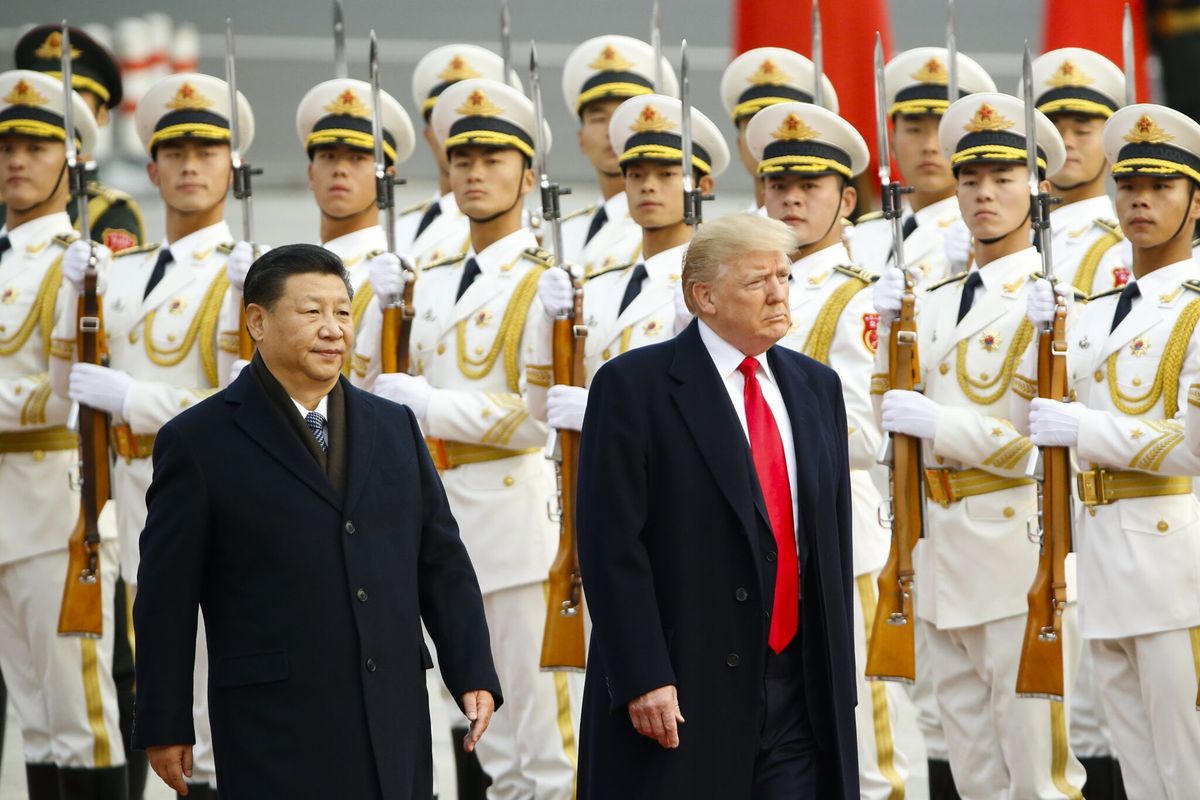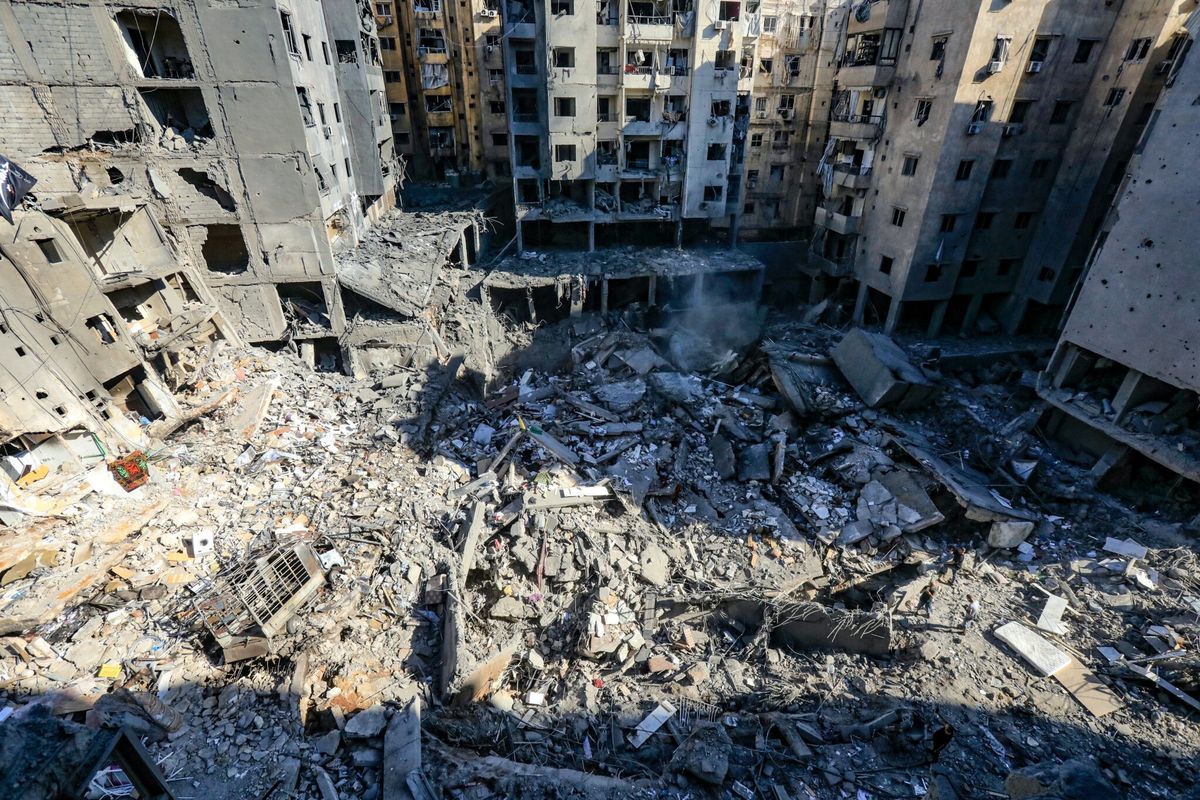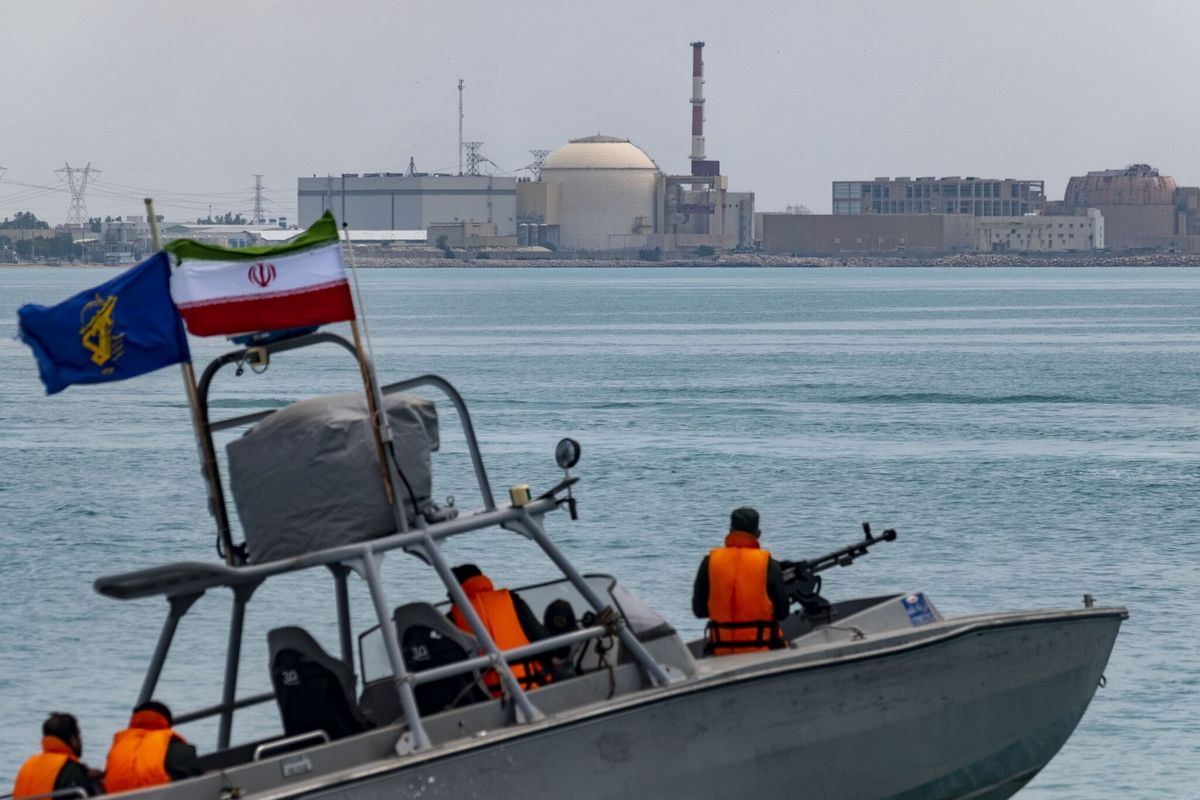SUBSCRIBER+ EXCLUSIVE REPORTING - Iran’s nuclear ambitions have been a diplomatic concern for decades, but recent revelations by the International Atomic Energy Agency (IAEA), compounded by Iran’s role in the protracted conflict in Gaza, have heightened alarm over the regime’s progress toward building a nuclear weapons arsenal.
The latest IAEA report found that Iran’s stockpile of enriched uranium has grown precipitously, that the agency’s ability to monitor the program has been severely compromised, and experts say that over the past several years the time Iran would need to create weapons-grade uranium - the key ingredient in a nuclear bomb - has shrunk.
“Iran’s program is moving ahead steadily and alarmingly in the absence of U.S. and European pushback or a strategy to slow and deter further advances,” Andrea Stricker, Deputy Director & Research Fellow for the Nonproliferation and Biodefense Program at the Foundation for Defense of Democracies, told The Cipher Brief.
Stricker and others voiced particular concern over the drop in what she called “Tehran’s dropping breakout time.” Matthew Kroenig, Vice President and Senior Director of the Scowcroft Center for Strategy and Security at the Atlantic Council, told The Cipher Brief that, according to Defense Department assessments, “if Iran’s Supreme Leader decides to dash to a bomb, we would have 12 days to respond.”
In the wake of the IAEA findings, Gen. Michael Kurilla, the commander of U.S. Central Command, warned the Senate Armed Services Committee this month that if Iran became a nuclear power it would “change the Middle East forever.”
That has been the position of successive American administrations, though they have divided sharply over how to ensure it doesn’t happen. The Obama Administration negotiated the 2015 agreement that restricted Iran’s uranium enrichment and mandated international inspections of the program in exchange for sanctions relief; in 2018, the Trump Administration pulled out of the deal, and a year later Iran began violating its terms.
Now the U.S. and its allies are confronting the issue once more, with difficult choices and little consensus as to how to respond.
The latest findings
Under the 2015 Iran nuclear deal, Iran was restricted to enriching uranium to 3.67 percent purity - well below the 90 percent level needed for weapons-grade uranium - maintaining a 300-kilogram (660-pound) stockpile, and using basic IR-1 centrifuges.
The IAEA’s latest findings show that Iran has enriched uranium to a 60 percent purity, with a stockpile of 5,525.5 kilograms (12,182 pounds) and multiple advanced centrifuges – including the IR-2m and the IR-6, which is used for higher enrichment levels.
A separate confidential IAEA report distributed to UN member states found that Iran had made no headway in clarifying the presence of manufactured uranium particles discovered at two locations in an assessment last year. Tehran had pledged to address the issue before October 2023.
Perhaps most worrying of all, it now appears that even the IAEA - the lone global watchdog group for nuclear proliferation - has lost track of Iran’s progress. The agency’s director, Rafael Grossi, acknowledged to the IAEA Board of Governors in early March that the agency no longer has a “continuity of knowledge about the production and stock of centrifuges, rotors, heavy water and uranium ore concentrate.”
That lack of visibility dates to the breakdown of the nuclear deal and Iran’s subsequent denial of access to IAEA inspectors. Grossi has called Iran’s rejection of the inspectors “unprecedented and contrary to the cooperation that is required” to adequately monitor the program. For its part, Iran has said that the IAEA inspectors held “politically oriented agendas.”
Finally, recent public statements made by Iranian officials have also raised red flags.
While Tehran has insisted for years that its nuclear program exists for peaceful purposes, Ali Akbar Salehi – the former head of Iran’s nuclear agency – recently told reporters that Iran has “all the (pieces) of nuclear science and technology,” a statement that was interpreted by many to mean that the country has what it needs to build a nuclear bomb.
The Gaza war - and a nightmare scenario
Anxiety over the state of Iran’s nuclear program - already at unusually high levels - has increased since Hamas’ deadly assault on Israel last October and the war in Gaza that followed. Given that Iran is an arch enemy of Israel and key supporter of Hamas, Hezbollah, the Houthis and other militia groups in the region, the fear is that with a nuclear weapon, Iran would suddenly wield far more power and influence in the region.
“Imagine if Iran possessed nuclear weapons on October 7?” said Kroenig. “It could threaten Israel not to act in Gaza, and threaten America not to respond against the Houthis or militias in Iraq and Syria or elsewhere. We would be in a Cuban Missile Crisis situation,” he warned, meaning that just as in that 1962 showdown between the U.S. and the Soviet Union, the world might face a moment of nuclear brinksmanship. “And in a situation like that,” Kroenig added, “there would be a real risk of Iranian nuclear attack in the region or on the United States.”
What to do now?
All these developments have led to calls for a new approach.
“The U.S. government cannot allow Iran to develop a nuclear weapon. It would be a regional game changer that would enhance Iran’s deterrence and result in nuclear proliferation throughout the region,” said Jason Brodsky, the policy director for the group United Against Nuclear Iran.
But just as policymakers have divided in the past over how to respond to Iran’s nuclear ambitions, officials in the U.S. and elsewhere are divided now, between calls for bombing Iran’s nuclear facilities (a recent suggestion made by former Vice President Mike Pence and former Secretary of State Mike Pompeo, among others) to renegotiating a diplomatic deal with Tehran (a view favored by several senior European officials).
Brodsky told The Cipher Brief that stopping Iran from taking that “breakout” step to a nuclear weapon “requires multilateral sanctions, diplomatic isolation, and the development of a credible military threat.”
Stricker also urged the U.S. to “restore a massive economic, financial and military pressure campaign against Iran and deter and penalize further nuclear advances.” She warned that “Tehran will likely step across the nuclear threshold unless Washington acts.”
Other analysts say that Iran has yet to make that final decision, and that the regime is well aware that doing so may invite a robust response from the U.S. or Israel, or both.
Iran has recently sent mixed messages - on the one hand, continuing to hold talks with European diplomats about a possible reconstituted nuclear deal - while on the other, making threatening statements about its intentions.
Meanwhile, the IAEA is scheduled to hold its next meeting on Iran’s nuclear program in June, and the U.S. and European envoys to the organization have asked for a “definitive” report from the agency on Iran’s compliance.
Earlier this month, Laura Holgate, the American ambassador to the IAEA, told the agency that “after five years of only limited, last-minute cooperation by Iran, five years of failure by Iran to follow through on its commitments; and five years of unresolved questions related to the presence of nuclear material at undeclared locations in Iran, we cannot allow Iran’s current pattern of behavior to continue.”
Read more expert-driven national security insights, perspective and analysis in The Cipher Brief












